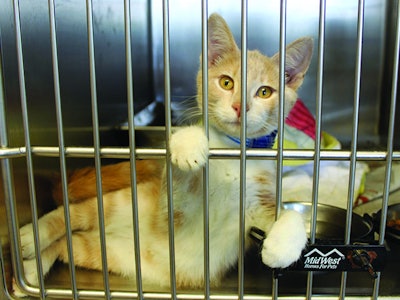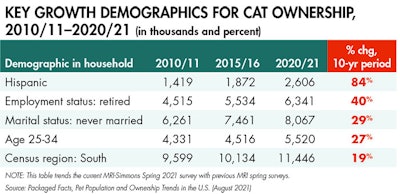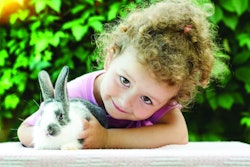
Last month’s column (Petfood Industry magazine, September 2021) noted that, over the previous decade, some of the key growth for dog ownership has primarily been in demographics traditionally under-represented as dog owners. Changes are also afoot with cat owner demographics.
Diverse demographic growth for cat ownership
Over the 10-year 2010-11 to 2020-21 period, the key growth for cat ownership demographics have been diverse. The range of growth demographics partly reflects the graying of the U.S. population and the shifting composition of households, but also points to the increasing appeal of cats to a broader range of demographics (see Table 1). For example:
- While the number of households in the South grew by 13% between 2010/11 and 2020/21, the number of Southern households with cats grew by 19%, or by 1.8 million to 11.4 million.
- While the number of retiree households grew by 35%, the number of cat-owning retiree households grew by 40%, or by 1.8 million to 6.3 million.
- While the number of households with never-married adults grew by 22%, the number of cat-owning households with never-married adults grew by 29%, or by 1.8 million to 8.1 million.
- While the number of households adults age 25–34 grew by 13%, the number of cat-owning households with adults in this age group grew by 27%, or by 1.2 million to 5.5 million.
- While the number of Hispanic households grew by 31%, the number of cat-owning Hispanic households grew by 84%, or by 1.2 million to 2.6 million.

Multiple-cat household demographics
Over this 10-year 2010/11 to 2020/21 period, the key growth demographics for owning two or more cats generally correspond to the growth patterns in cat-owning households overall.
But one exception involves non-Hispanic whites. The number of non-Hispanic white households grew by 2% over the last ten years, as did the number of cat-owning not-Hispanic white households, such that the latter total 24.8 million households. The number of non-Hispanic white households with two or more cats, however, grew by a disproportionate 9%, or by 1.0 million to 12.4 million.
In addition, several demographic growth patterns were sharper in the case of owning:
- While the number of retiree households grew by 35% between 2010/11 and 2020/21, and the number of cat-owning retiree households grew by 40%, the number of 2+ cat-owning retiree households grew by 56%.
- While the number of households with adults age 25–34 grew by 13%, and the number of cat-owning households with adults in this age group grew by 27%, the number of 2+ cat-owning households with adults age 25-34 grew by 56%.
- While the number of households with never-married adults grew by 22%, and the number of cat-owning households with never-married adults grew by 29%, the number of cat-owning households headed by never-married adults grew by 48%.
- While the number of households in the South grew by 13%, and the number of Southern households with cats grew by 19%, the number of Southern households with 2+ cats grew by 25%.
- While the number of households with women grew by 8%, and the number of cat-owning households with women grew by 10%, the number of 2+ cat-owning households with women grew by 16%.
In addition, while the number of households with adults age 65–44 grew by 60% over the last ten years, the number of 2+ cat-owning households with adults age 65–74 grew by 87%. While growth in cat-owning households overall skewed to the younger half of the boomer generation, those shifting into the 55–64 bracket, growth in 2+ cat-owning households skewed to the first wave of boomers, those aging into the age 65–74 bracket.
Pet population growth isn’t just in rear-view mirror

















